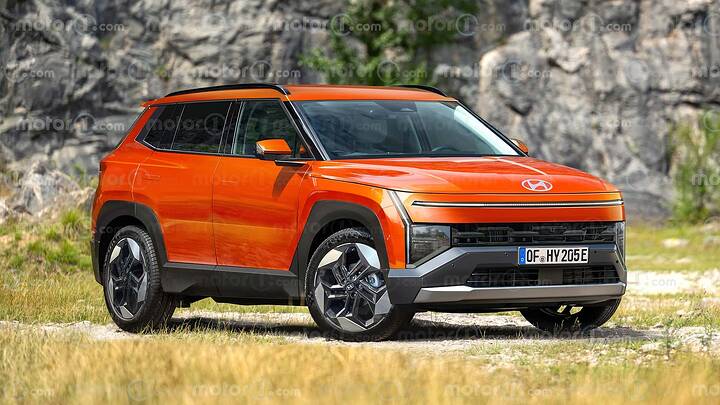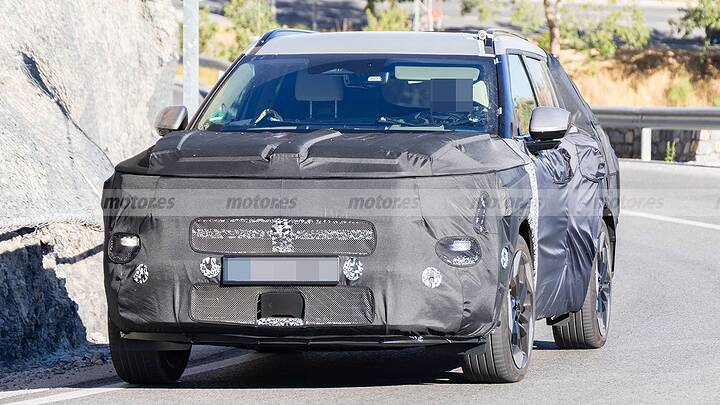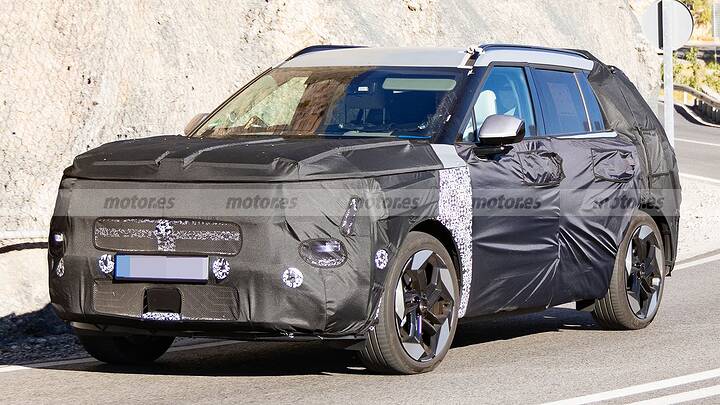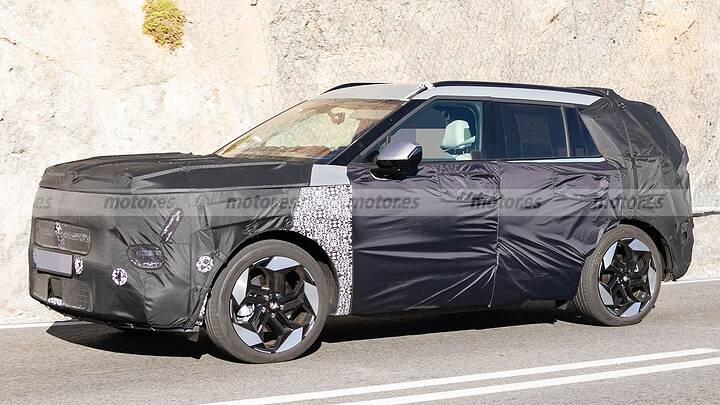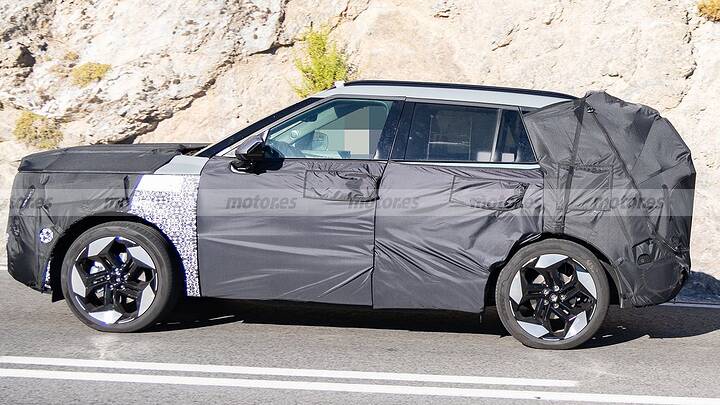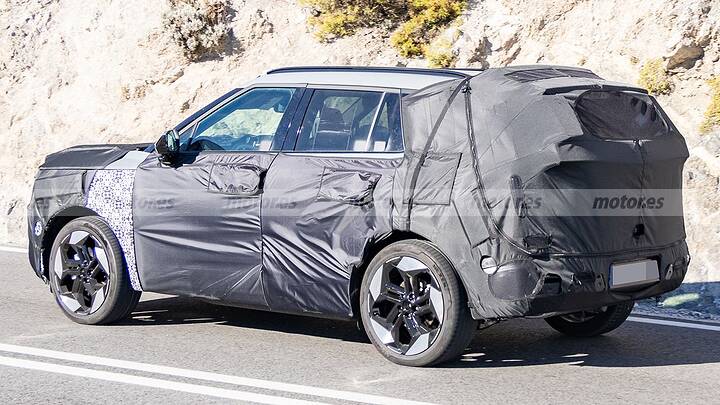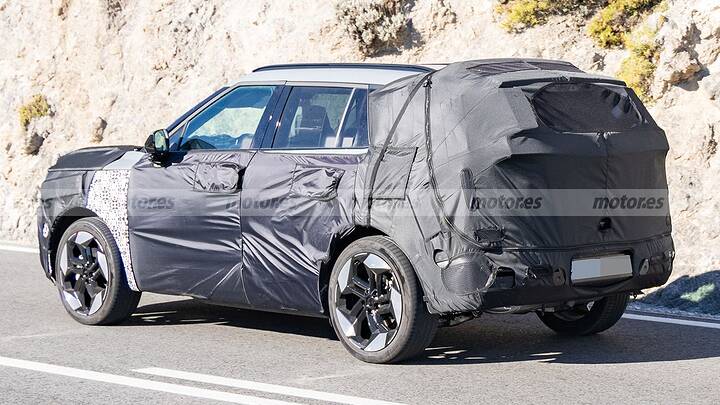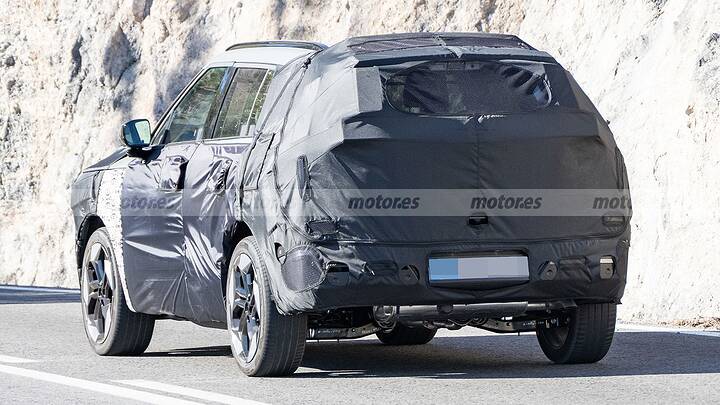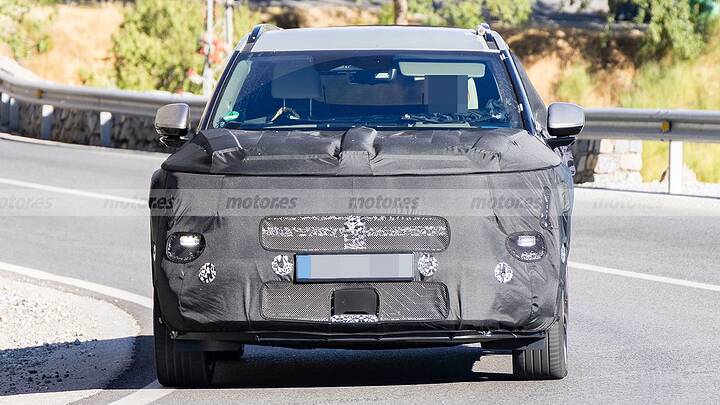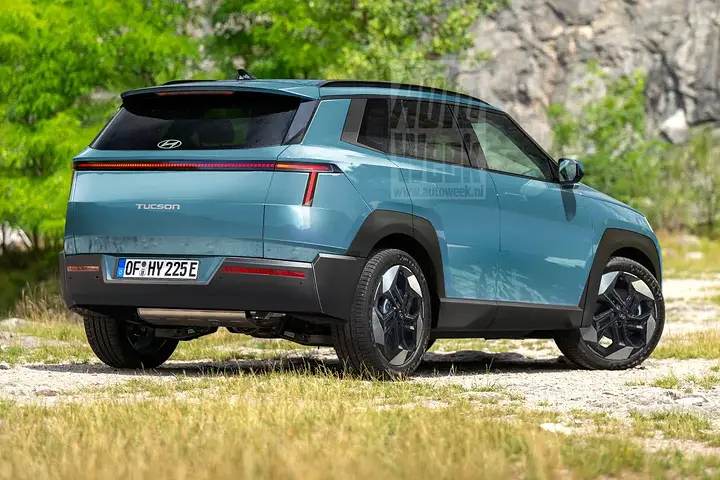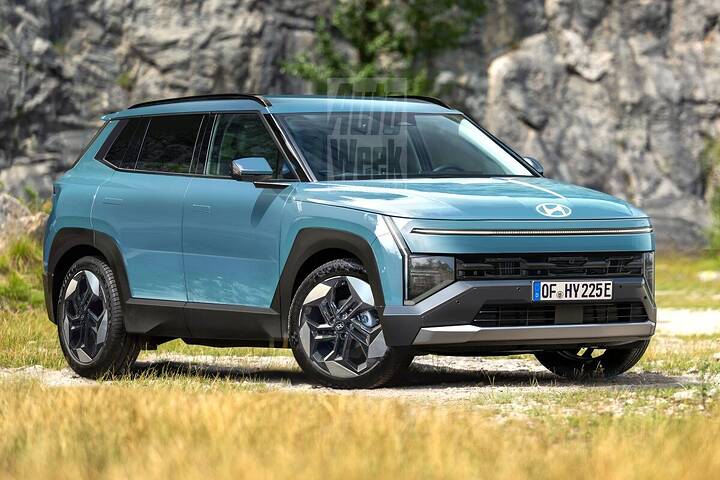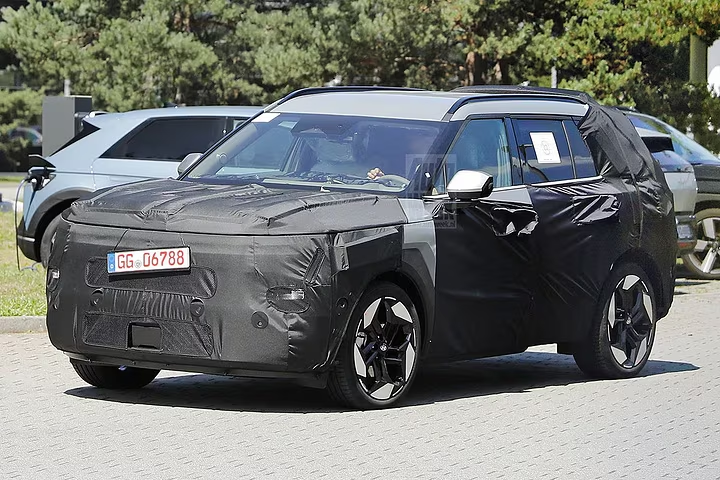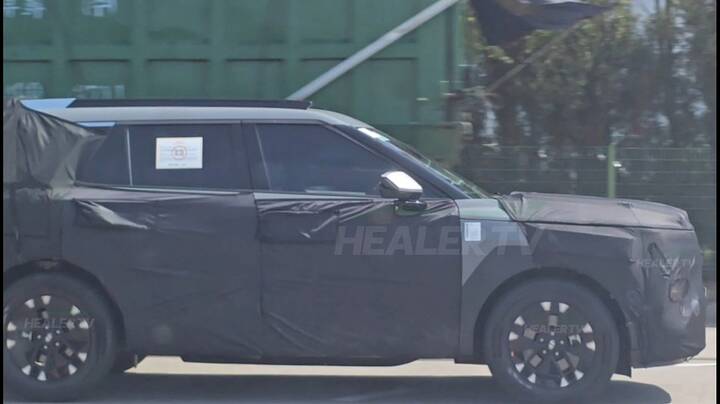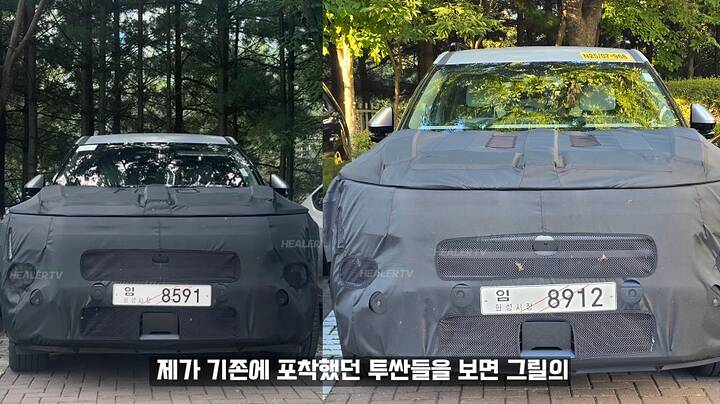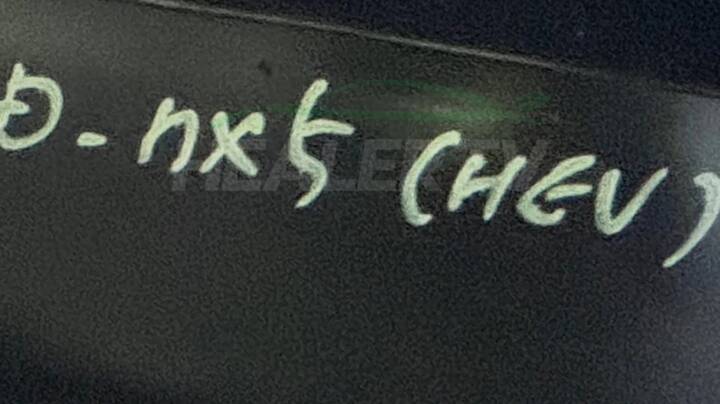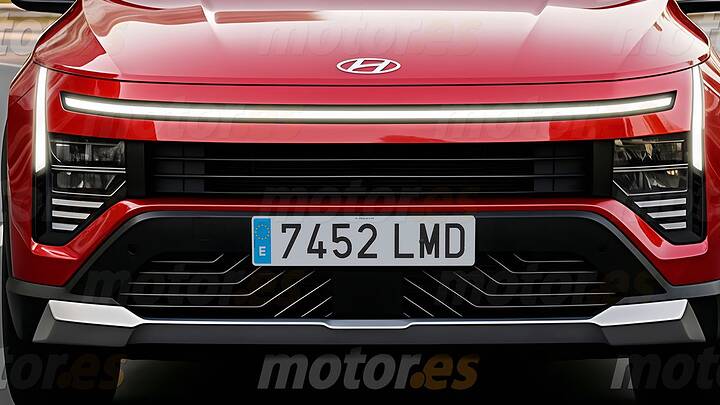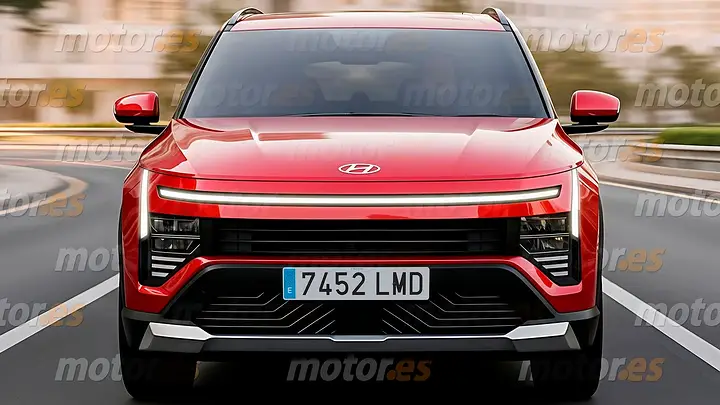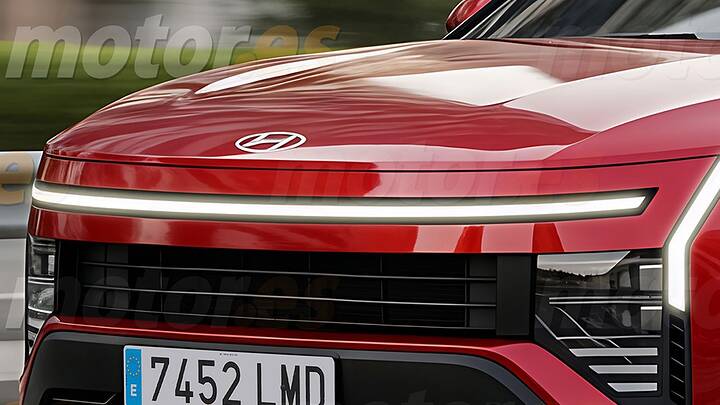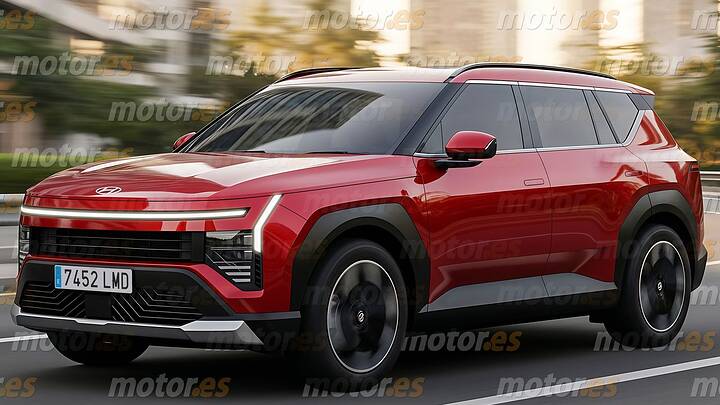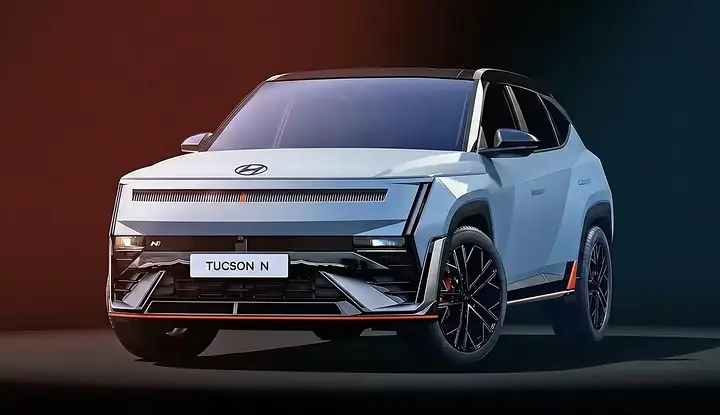2026 Hyundai Tucson Spied: Fifth-Gen SUV Goes All-Hybrid with Futuristic Tech
The NX5 ditches diesel entirely while embracing AI, advanced autonomy, and radical styling
Hyundai’s compact SUV game is about to get a major shake-up. Fresh spy shots obtained by our colleagues at Healer TV confirm that the heavily camouflaged SUV recently spotted testing is indeed the fifth-generation Hyundai Tucson, internally codenamed NX5. Set to debut in Q3 2026, this redesigned Tucson represents one of the most significant overhauls in the nameplate’s history.
Bold New Design Direction
The 2026 Tucson’s design philosophy marks a dramatic departure from its predecessor, blending muscular proportions with unexpected retro influences. Drawing inspiration from Hyundai’s striking N Vision 74 concept and the hydrogen-powered NEXO SUV, the new Tucson adopts a more sculpted, angular aesthetic that’s unmistakably futuristic yet oddly nostalgic.
Perhaps most intriguingly, Hyundai appears to be channeling Land Rover’s rugged luxury playbook. The NX5 sports a more off-road-oriented stance and cladding, suggesting the Korean automaker is targeting adventure-minded buyers who want both urban sophistication and weekend capability. This shift could position the Tucson as a more direct competitor to vehicles like the Subaru Forester Wilderness and Toyota RAV4 Adventure.
Tech Revolution: Pleos OS and AI Integration
Step inside, and the 2026 Tucson reveals its most ambitious feature yet: Hyundai’s brand-new Pleos operating system. Displayed on a cinema-wide 16:9 touchscreen, Pleos promises to deliver a smartphone-like user experience that current automotive infotainment systems can only dream of matching.
The centerpiece is the Pleos Playground—essentially an app store for your car. This platform will offer downloadable applications ranging from entertainment and productivity tools to specialized driving apps, transforming the Tucson into a truly connected mobile device.
But the real game-changer is “Gleo,” Hyundai’s new AI assistant. Think ChatGPT for your car, capable of natural language conversations for everything from navigation and climate control to entertainment and vehicle diagnostics. This represents a significant leap beyond today’s often frustrating voice command systems.
Autonomous Ambitions
The tech upgrades extend to driving assistance, with the NX5 Tucson incorporating Level 2.5 autonomous capabilities. While still requiring driver attention, this enhanced system should provide more seamless highway driving and improved safety in stop-and-go traffic situations.
This positions Hyundai competitively against rivals like Toyota’s Safety Sense 3.0 and Honda Sensing, while laying groundwork for future fully autonomous features.
Electrification Takes Center Stage
In a bold move that signals Hyundai’s commitment to electrification, the 2026 Tucson will completely eliminate diesel powertrains from its lineup. Instead, buyers will choose exclusively between hybrid and plug-in hybrid variants—a significant shift for a segment where gasoline engines still dominate.
The plug-in hybrid deserves particular attention, with Hyundai targeting an impressive 62-mile (100km) all-electric range. If achieved, this would place the Tucson PHEV among the segment leaders, potentially rivaling the electric-only capabilities of the Toyota RAV4 Prime and Mitsubishi Outlander PHEV.
This electric range makes the Tucson PHEV genuinely practical for daily commuting without burning gasoline, while the hybrid backup eliminates range anxiety for longer trips.
Market Positioning and Pricing
Perhaps most surprising is Hyundai’s projected pricing strategy. Despite the advanced technology and electrified powertrains, the company reportedly targets a starting price around $24,000 (34 million won). If accurate, this aggressive pricing could seriously disrupt the compact SUV segment.
For context, that’s significantly less than current hybrid competitors like the Toyota RAV4 Hybrid (starting around $32,000) and Honda CR-V Hybrid (approximately $34,000). Such pricing would position the Tucson as a value leader in the electrified compact SUV space.
Competitive Landscape
The 2026 Tucson enters an increasingly crowded and competitive segment. Beyond traditional rivals like the RAV4, CR-V, and Nissan Rogue, it must contend with new electric players like the Tesla Model Y and Ford Mustang Mach-E at the premium end, plus emerging Chinese brands offering compelling value propositions.
Hyundai’s strategy appears focused on differentiation through technology and value rather than competing purely on traditional metrics like cargo space or fuel economy.
Timeline and Expectations
With production targeted for Q3 2026, the NX5 Tucson may debut alongside Hyundai’s redesigned Avante sedan, suggesting a coordinated technology rollout across the brand’s mainstream lineup.
The timing coincides with stricter emissions regulations in key markets and growing consumer acceptance of electrified vehicles, positioning Hyundai to capitalize on shifting market dynamics.
The Bottom Line
The fifth-generation Tucson represents Hyundai’s most ambitious compact SUV yet, combining cutting-edge technology, electrified powertrains, and aggressive pricing in a package that could redefine segment expectations.
If Hyundai delivers on its promises—particularly the AI integration, PHEV range, and target pricing—the 2026 Tucson could emerge as one of the most compelling compact SUVs in an increasingly competitive market.
Success will ultimately depend on execution, but early signs suggest Hyundai is preparing to make a serious statement about the future of affordable, tech-forward transportation.
I will continue following the NX5 Tucson’s development as it approaches its 2026 debut.
Source: https://youtu.be/S2mPUtDpCaI
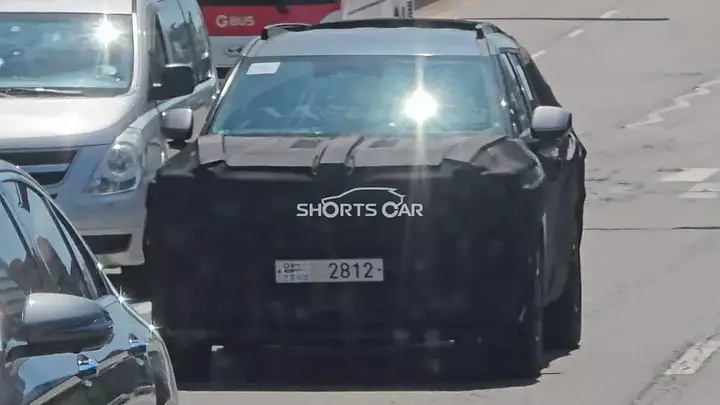

![[숏카] 두 눈으로 똑똑히 봤습니다!! 폴스타 스타일의 사이드 미러와 실내엔 XXXX 탑재!! 투싼 풀체인지 국내 최초 포착!! #투싼 #풀체인지 #현대차 #suv #신차](https://newcarscoops.com/uploads/default/original/3X/0/b/0b9065cd4745ee517917dc229461c5e602f7da35.jpeg)
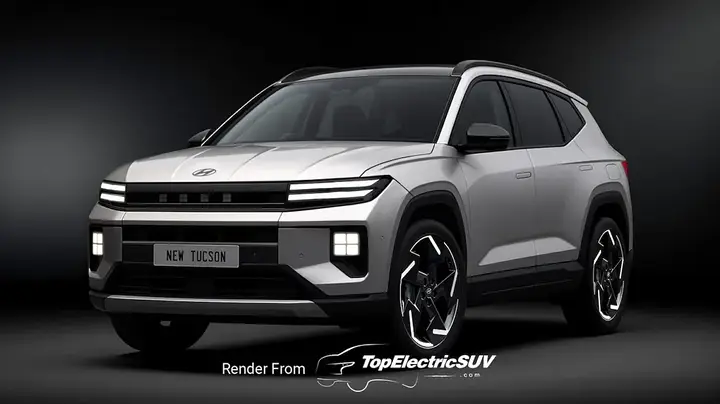

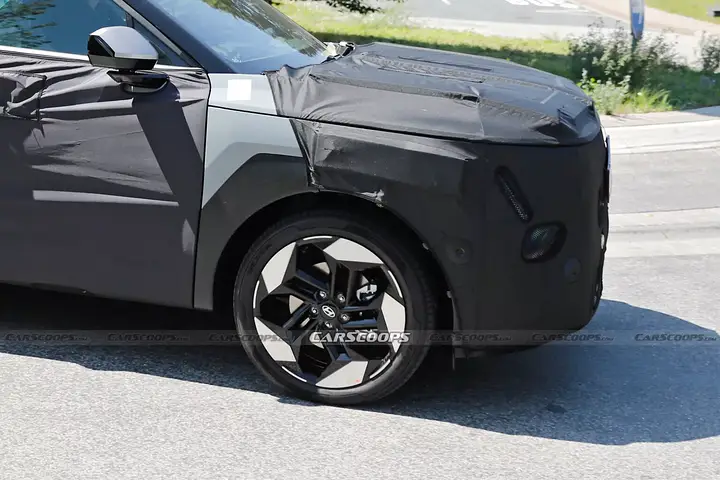
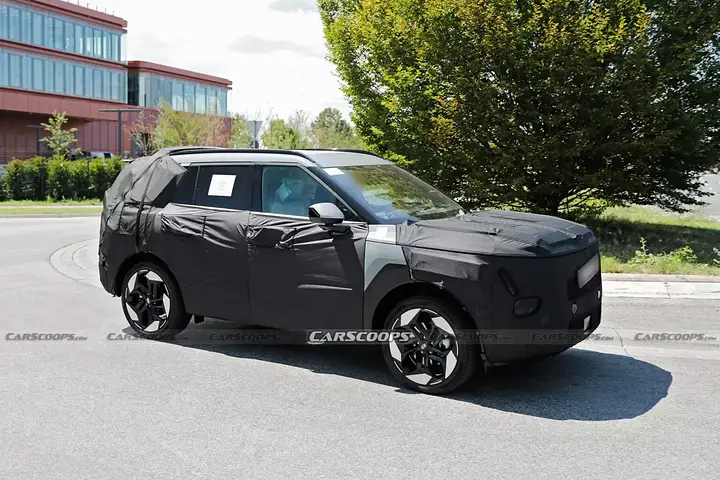
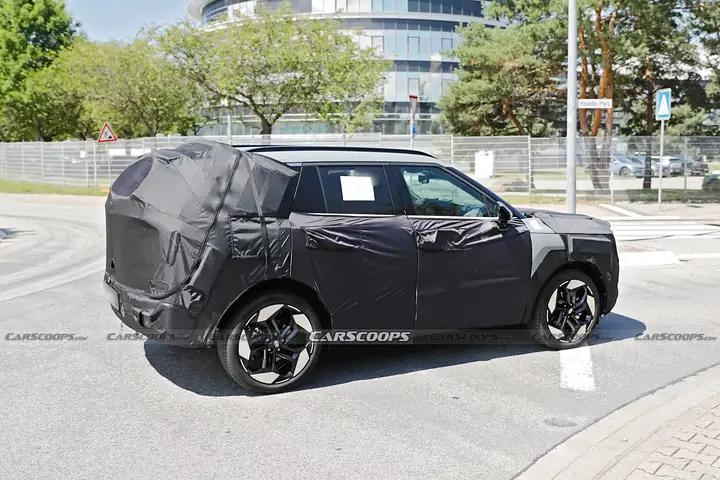
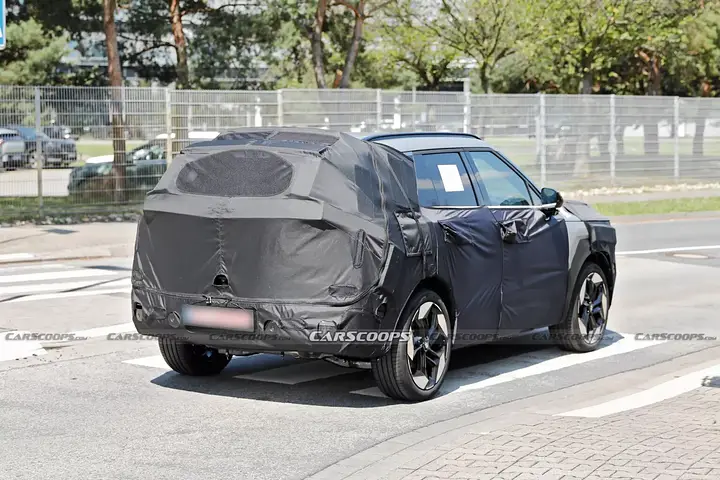
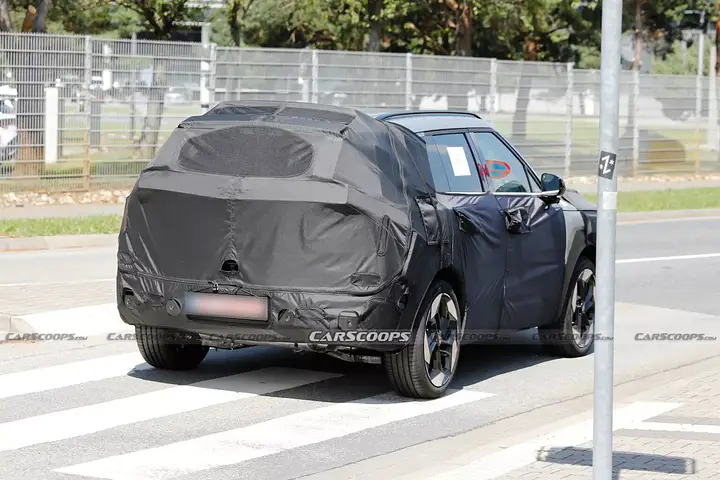

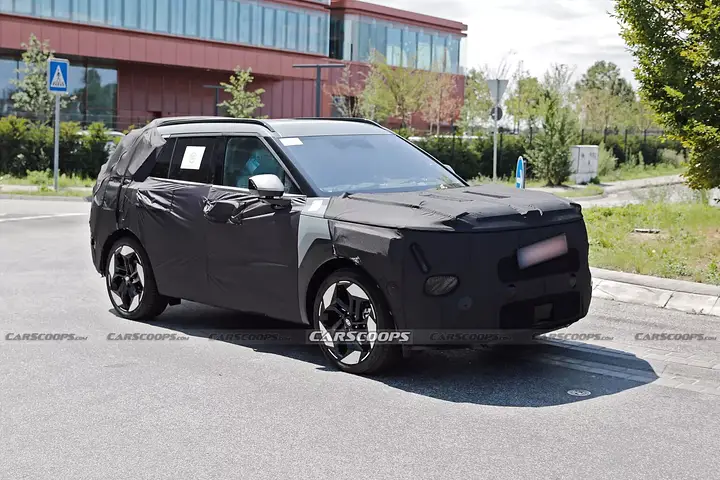
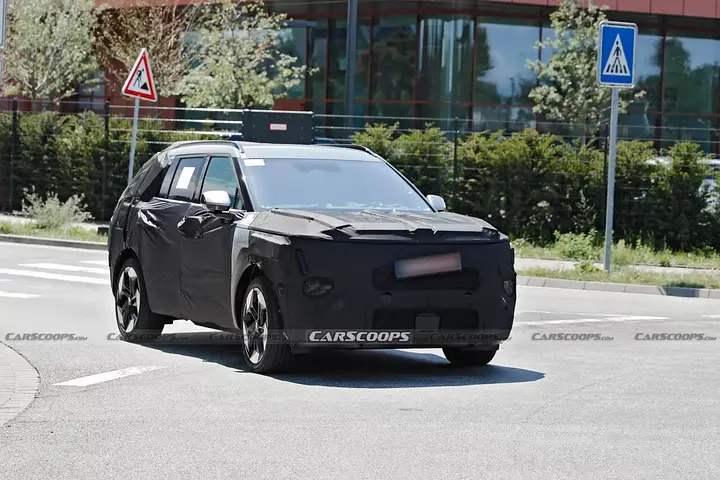

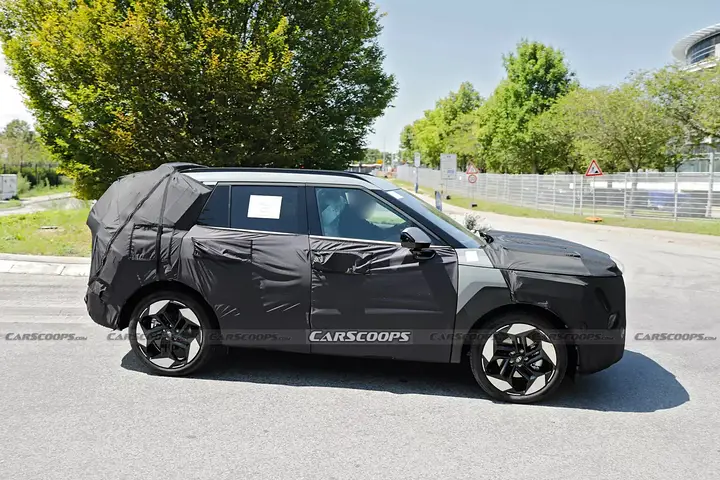
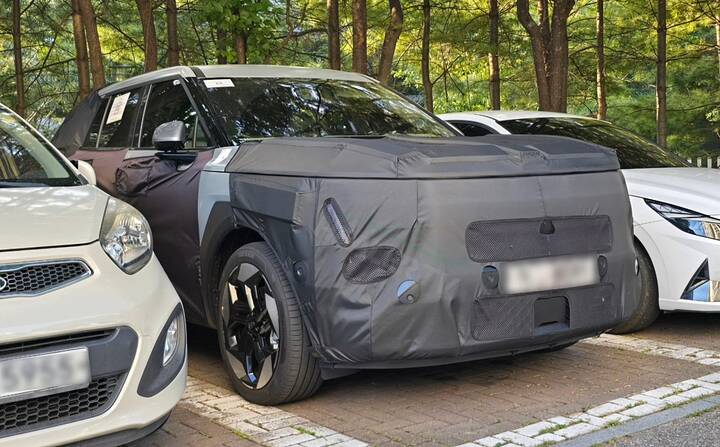
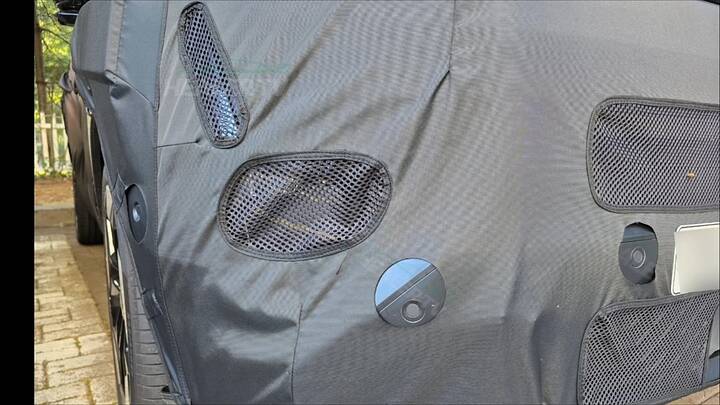
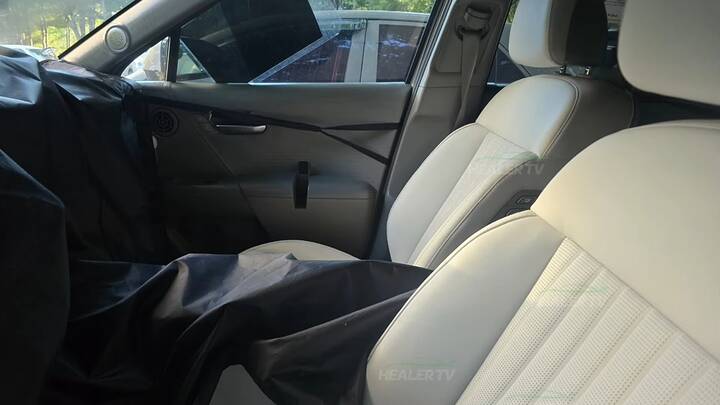
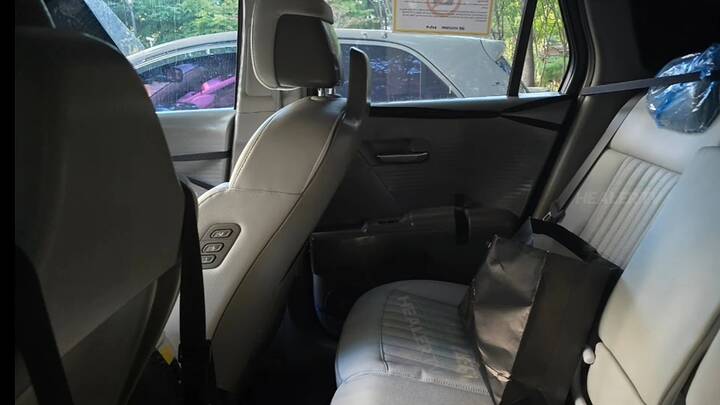
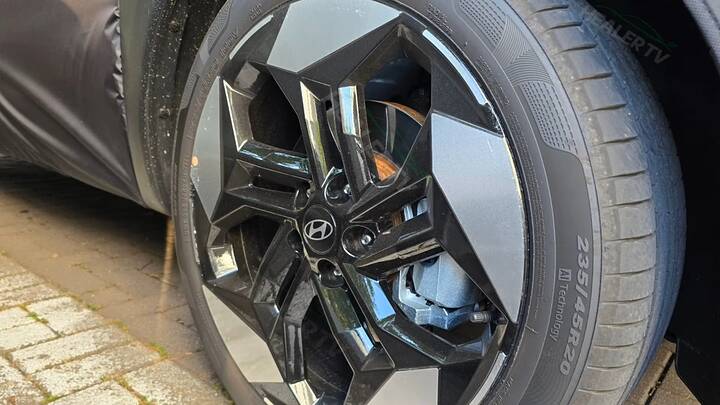

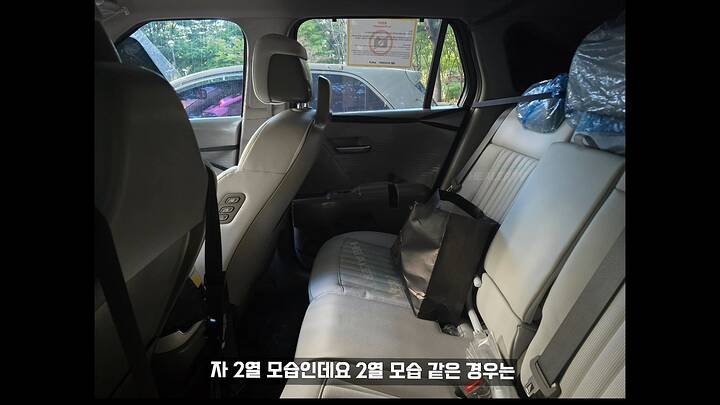
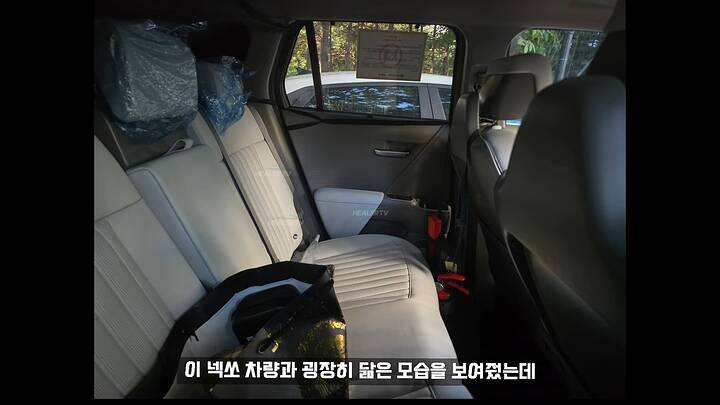
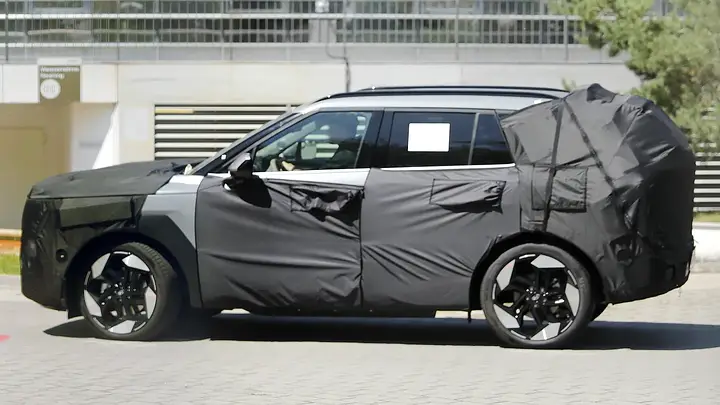
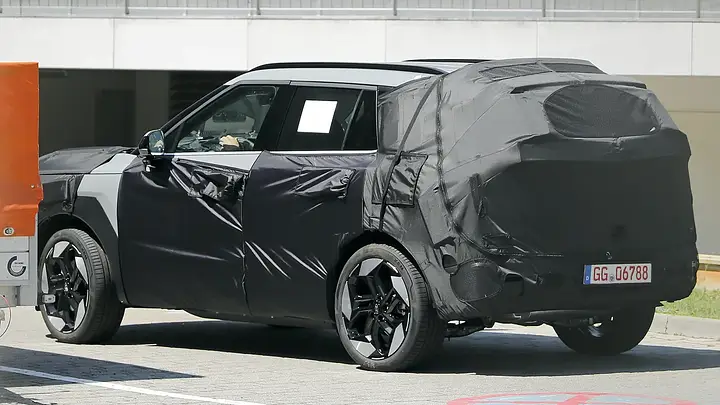

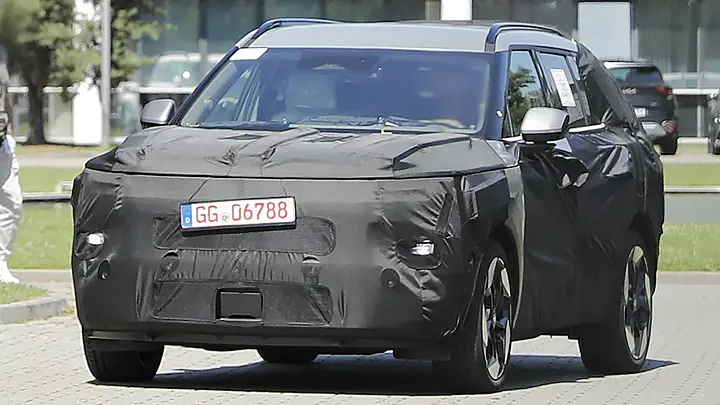
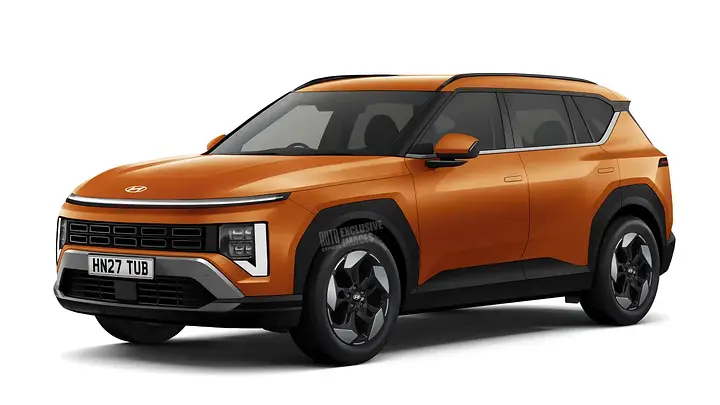
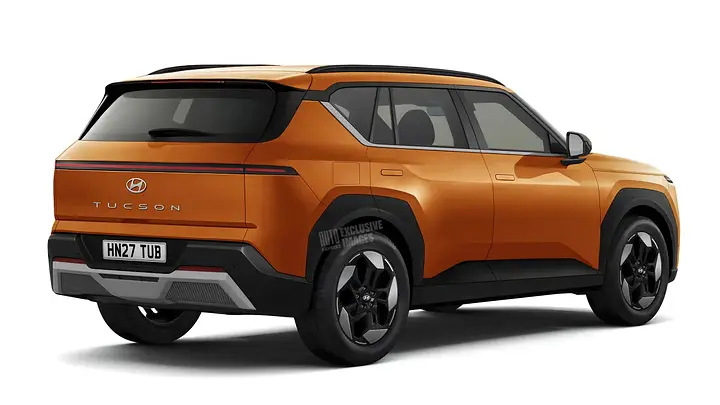
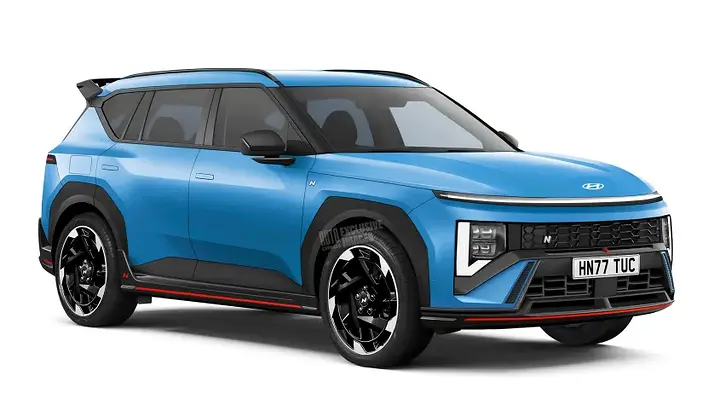
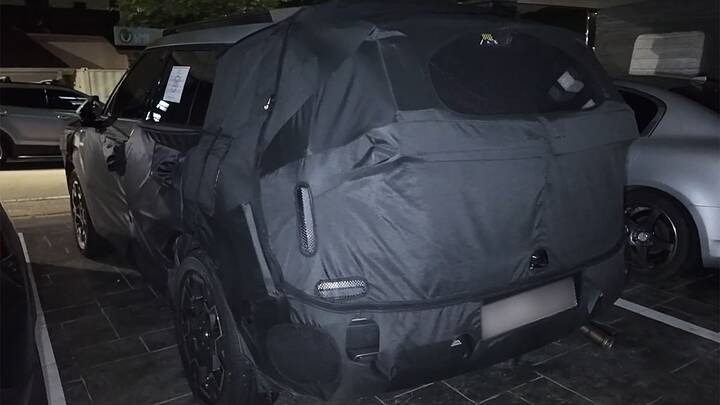
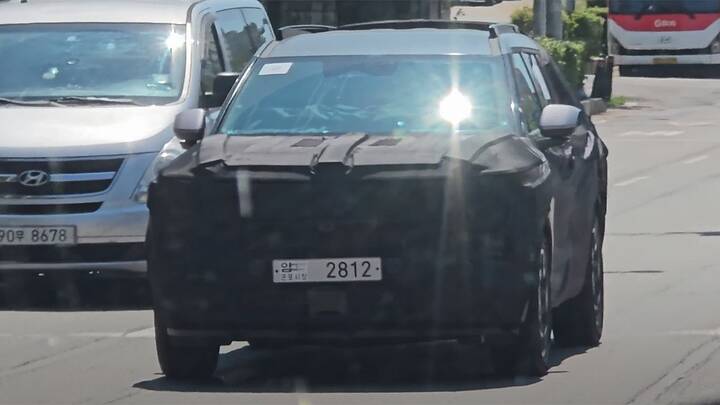
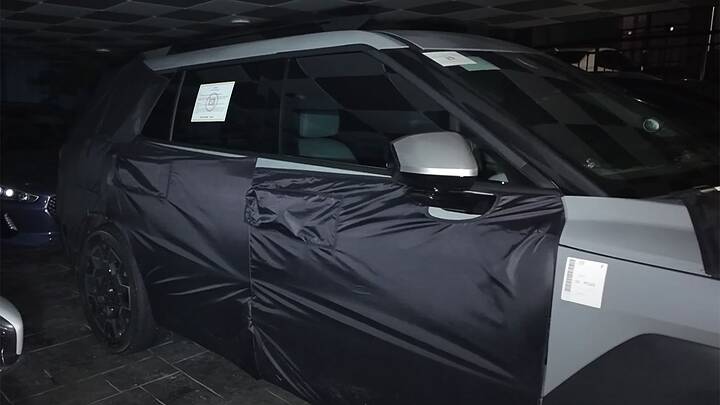
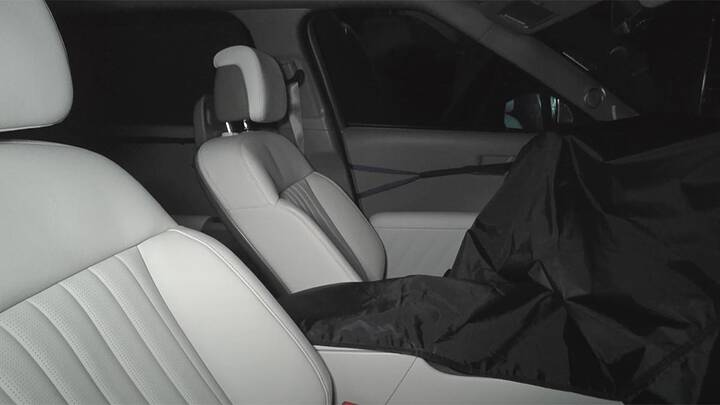
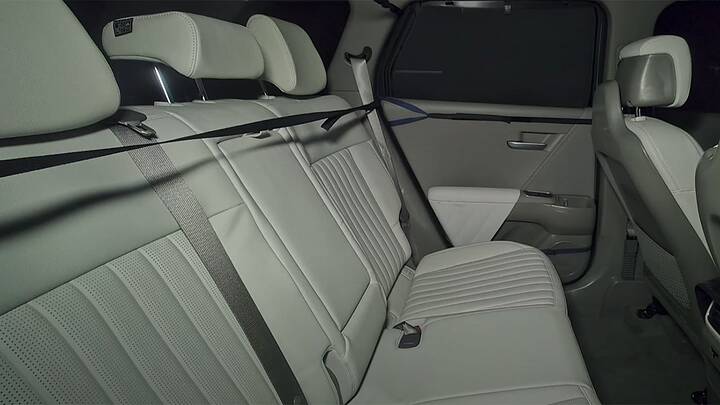
![[숏카] 와~대박!! 휠베이스가 무려 2,820mm?! 싼타페보다 더 커진 NX5 투싼 풀체인지!! 거기다 'H 형상' DRL에 플레오스까지 적용?! 영상 내려가기 전에 보세요!!](https://newcarscoops.com/uploads/default/original/3X/2/8/285a99f00a1794af93dbc18f983907b6cf83caf2.jpeg)
